Description
Noncombatants by Chet La More printed on a T-Shirt
About the T-Shirt
Regular fit
Standard length, the fabric easily gives into movement
Casual wear
A classic, everyday option loved by our customers
Side-seamed
Constructed by sewing two parts together, creating a fitted look
The Unisex Staple T-Shirt feels soft and light with just the right amount of stretch. It’s comfortable and flattering for all. We can’t compliment this shirt enough–it’s one of our crowd favorites, and it’s sure to be your next favorite too!
- Solid colors are 100% Airlume combed and ring-spun cotton
- Ash color is 99% combed and ring-spun cotton, 1% polyester
- Heather colors are 52% combed and ring-spun cotton, 48% polyester
- Athletic and Black Heather are 90% combed and ring-spun cotton, 10% polyester
- Heather Prism colors are 99% combed and ring-spun cotton, 1% polyester
- Fabric weight: 4.2 oz./yd.² (142 g/m²)
- Pre-shrunk fabric
- 30 singles
- Side-seamed construction
- Tear-away label
- Shoulder-to-shoulder taping
- Blank product sourced from Nicaragua, Mexico, Honduras, or the US
Chet La More (1908–1980)
Chet La More was an American artist.
La More was born in 1908 in Dane County, Wisconsin. He studied at the Layton School of Art in Milwaukee and the University of Wisconsin. For a time he was the editor of the Baltimore Art Association magazine. In the 1930s he was an artist in the Works Progress Administration’s Federal Art Project Graphic Arts Project. He was also a member of the National Coordinating Committee of the Artists Union.
In 1942, La More located in Buffalo where he taught at the University of Buffalo. He then served in the armed forces in Europe during World War II. He returned to teaching at Buffalo before locating to Ann Arbor to teach at the University of Michigan in 1947. He taught at Michigan until his retirement in 1974.
La More’s work was included in 1944 Dallas Museum of Art exhibition of the National Serigraph Society.
La More died in 1980 in Ann Arbor, Michigan.
La More’s work is in the collections of the Albright–Knox Art Gallery, the Art Institute of Chicago, the Metropolitan Museum of Art, the Museum of Modern Art, the National Gallery of Art, and the Smithsonian American Art Museum.

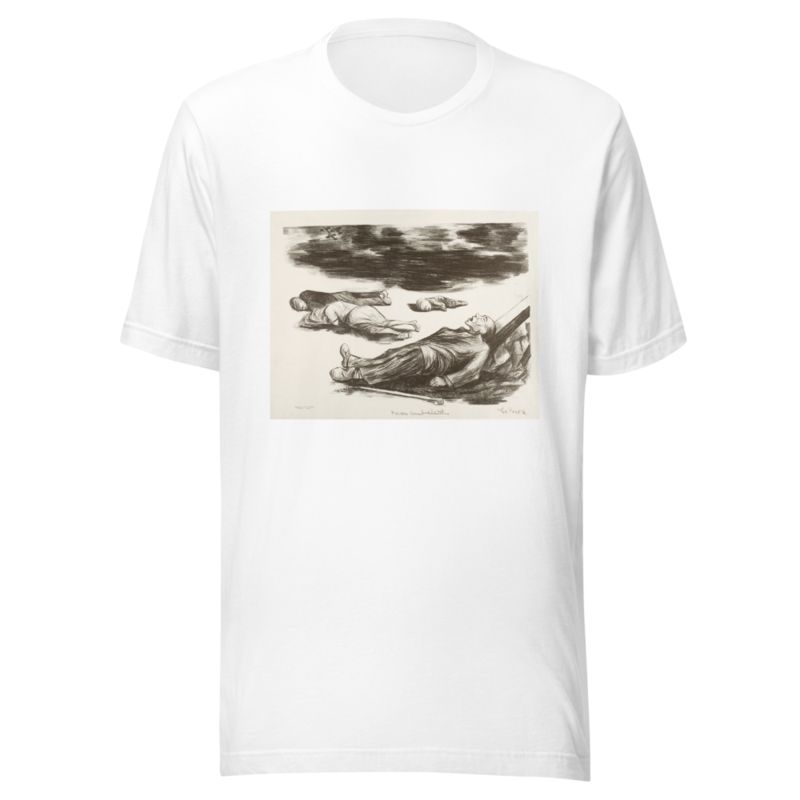
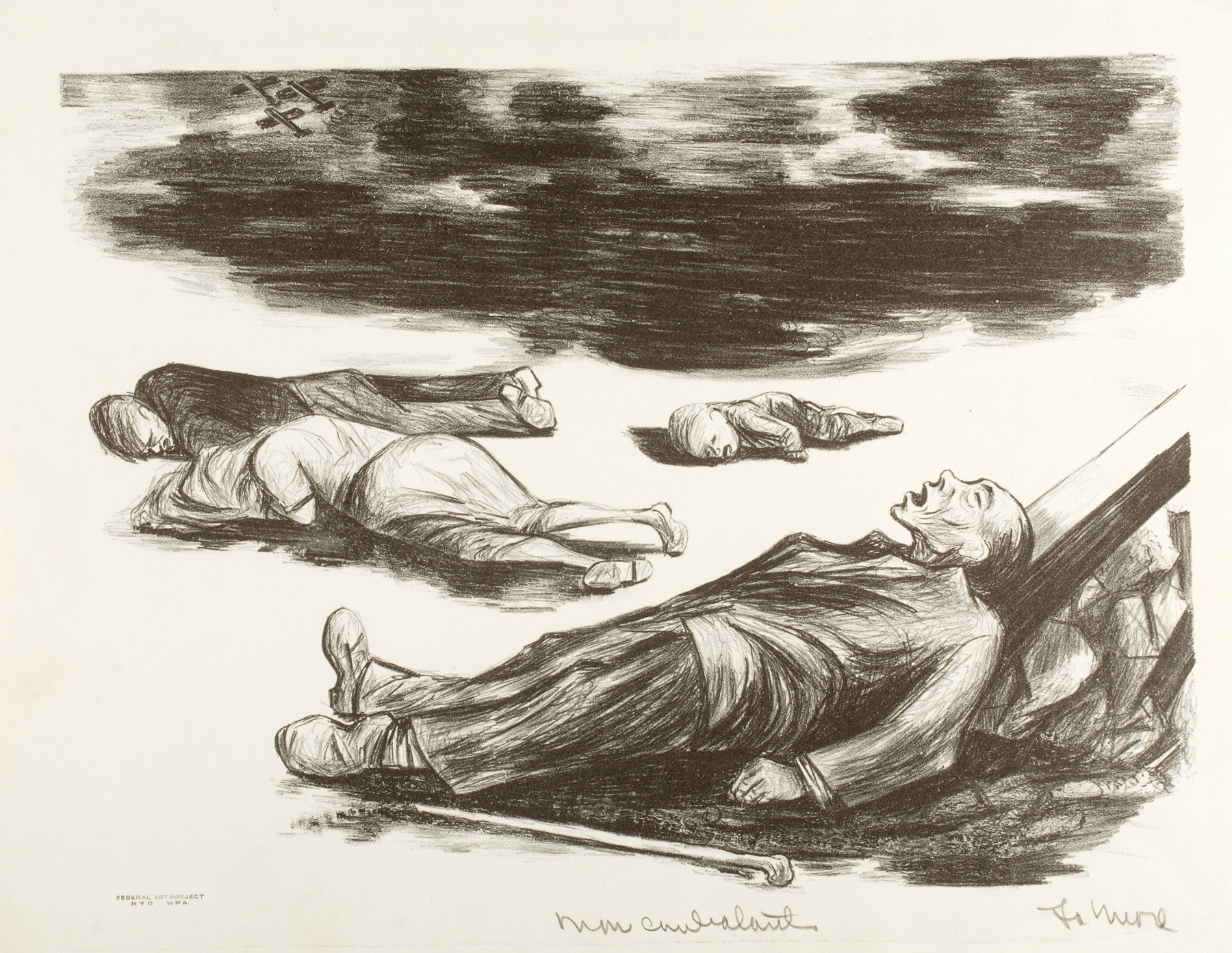
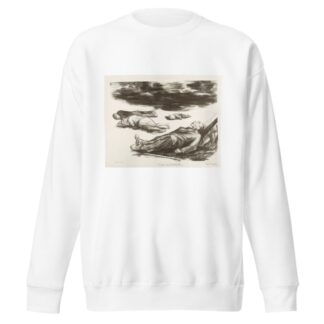
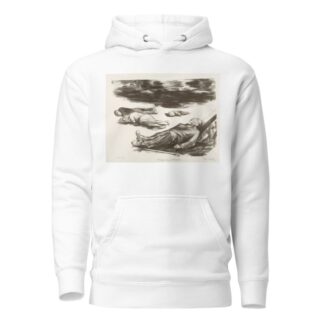
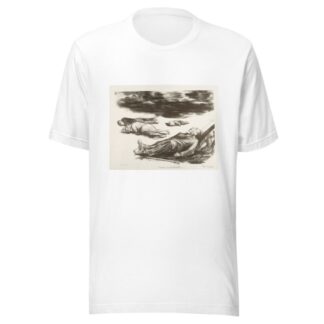
Reviews
There are no reviews yet.